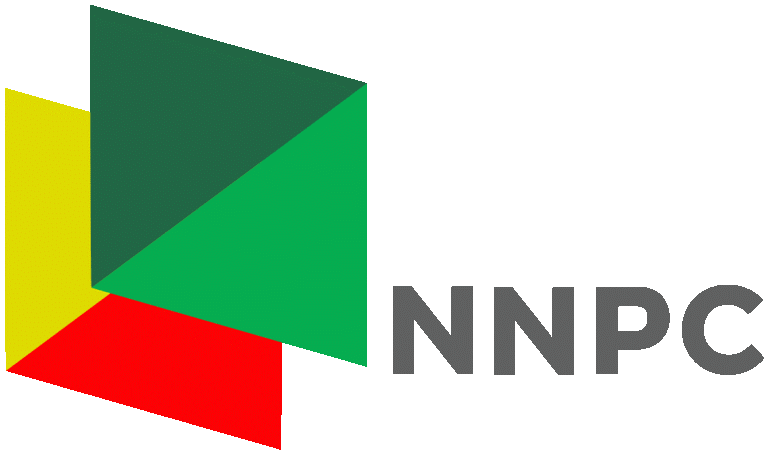Immersive Learning for a Safer Tomorrow: VR/AR for Safety Training Course
INTRODUCTION
Virtual Reality (VR) and Augmented Reality (AR) are revolutionizing the way organizations approach safety training. These immersive technologies offer unparalleled opportunities to create realistic, engaging, and risk-free learning environments that significantly enhance knowledge retention and skill development. This comprehensive VR/AR for Safety Training Course equips professionals with the expertise to leverage VR/AR to design, develop, and implement cutting-edge safety training programs, ultimately leading to a more prepared, competent, and safety-conscious workforce. By understanding the power of immersive learning, participants will be at the forefront of transforming safety training methodologies.
This course delves into the practical application of VR/AR across various industries, exploring how these technologies can simulate high-risk scenarios, provide hands-on experience without real-world consequences, and improve the effectiveness of safety protocols. Participants will learn how to identify appropriate use cases for VR/AR, navigate the development process, and evaluate the impact of immersive training on learning outcomes. Furthermore, the training addresses the crucial aspects of user experience design, scenario creation, and the integration of VR/AR with existing safety management systems. By mastering these skills, professionals can champion the adoption of these innovative tools and contribute to a safer and more productive work environment.
DURATION
5 days
TARGET AUDIENCE
This course is designed for professionals involved in safety training and management who are looking to explore and implement VR/AR technologies. This includes:
- Safety Managers and Officers
- HSE Professionals
- Training Managers and Coordinators
- Learning and Development Specialists
- Instructional Designers
- Technology Integration Specialists
COURSE OBJECTIVES
Upon completion of this training course, participants will be able to:
- Understand the benefits and applications of VR/AR in safety training.
- Identify suitable use cases for VR/AR training within their organization.
- Evaluate and select appropriate VR/AR hardware and software solutions.
- Design and develop engaging and effective VR/AR safety training modules.
- Implement VR/AR training programs and integrate them with existing systems.
- Assess the effectiveness of VR/AR training using relevant metrics.
- Manage the logistical and technical aspects of VR/AR training deployments.
- Understand the future trends and advancements in VR/AR for safety.
COURSE MODULES
- Introduction to VR/AR for Safety Training:
- Understanding Virtual Reality (VR) and Augmented Reality (AR) technologies.
- The benefits of immersive learning for safety outcomes.
- Exploring current applications of VR/AR in various industries for safety training.
- Overcoming common misconceptions and barriers to adoption.
- The future potential of VR/AR in safety management.
- Identifying Needs and Opportunities for VR/AR Training:
- Analyzing existing safety training programs and identifying areas for improvement.
- Conducting needs assessments to determine suitable VR/AR applications.
- Evaluating the cost-effectiveness and ROI of VR/AR training solutions.
- Prioritizing potential VR/AR training projects based on risk and impact.
- Building a business case for investing in VR/AR safety training.
- Selecting VR/AR Hardware and Software:
- Overview of different types of VR hardware (headsets, peripherals).
- Exploring AR hardware options (smart glasses, mobile devices).
- Evaluating VR/AR software platforms and development tools.
- Considering factors like cost, usability, scalability, and technical support.
- Making informed decisions based on organizational needs and budget.
- Designing Effective VR/AR Safety Training Modules:
- Principles of instructional design for immersive environments.
- Creating engaging and realistic scenarios that simulate real-world hazards.
- Incorporating interactive elements and feedback mechanisms.
- Optimizing user experience (UX) and minimizing motion sickness.
- Developing learning objectives and assessment methods for VR/AR training.
- Developing and Implementing VR/AR Training Content:
- Introduction to VR/AR development tools and workflows.
- Best practices for 3D modeling, animation, and spatial audio.
- Integrating multimedia elements (video, audio, text) into VR/AR training.
- Strategies for rapid prototyping and iterative development.
- Managing development resources and timelines.
- Integrating VR/AR Training Programs:
- Planning for the logistical aspects of VR/AR training deployments.
- Setting up and managing VR/AR training environments.
- Training facilitators and providing technical support.
- Integrating VR/AR training with Learning Management Systems (LMS).
- Ensuring accessibility and inclusivity in VR/AR training programs.
- Evaluating the Effectiveness of VR/AR Training:
- Identifying key metrics for measuring training effectiveness (knowledge retention, skill transfer, engagement).
- Utilizing data analytics to track learner performance and identify areas for improvement.
- Gathering feedback from learners and facilitators.
- Conducting ROI analysis to demonstrate the value of VR/AR training.
- Continuously improving VR/AR training content based on evaluation results.
- The Future of VR/AR in Safety Training:
- Emerging trends and advancements in VR/AR technology.
- Exploring the potential of AI and machine learning in VR/AR safety training.
- The role of haptics and other sensory feedback in immersive learning.
- Addressing ethical considerations and potential challenges.
- Developing a long-term strategy for leveraging VR/AR in safety training.
CERTIFICATION
- Upon successful completion of this training, participants will be issued with Macskills Training and Development Institute Certificate
TRAINING VENUE
- Training will be held at Macskills Training Centre. We also tailor make the training upon request at different locations across the world.
AIRPORT PICK UP AND ACCOMMODATION
- Airport pick up and accommodation is arranged upon request
TERMS OF PAYMENT
- Payment should be made to Macskills Development Institute bank account before the start of the training and receipts sent to info@macskillsdevelopment.com
Immersive Learning For A Safer Tomorrow: Vr/ar For Safety Training Course in Kenya
| Dates | Fees | Location | Action |
|---|---|---|---|
| 20/10/2025 - 24/10/2025 | $2,900 | Kigali |
|
| 27/10/2025 - 31/10/2025 | $1,250 | Nairobi |
|
| 03/11/2025 - 07/11/2025 | $4,000 | Johannesburg |
|
| 17/11/2025 - 21/11/2025 | $1,500 | Mombasa |
|
| 24/11/2025 - 28/11/2025 | $1,250 | Nairobi |
|
| 01/12/2025 - 05/12/2025 | $2,900 | Kigali |
|
| 08/12/2025 - 12/12/2025 | $1,250 | Nairobi |
|





















